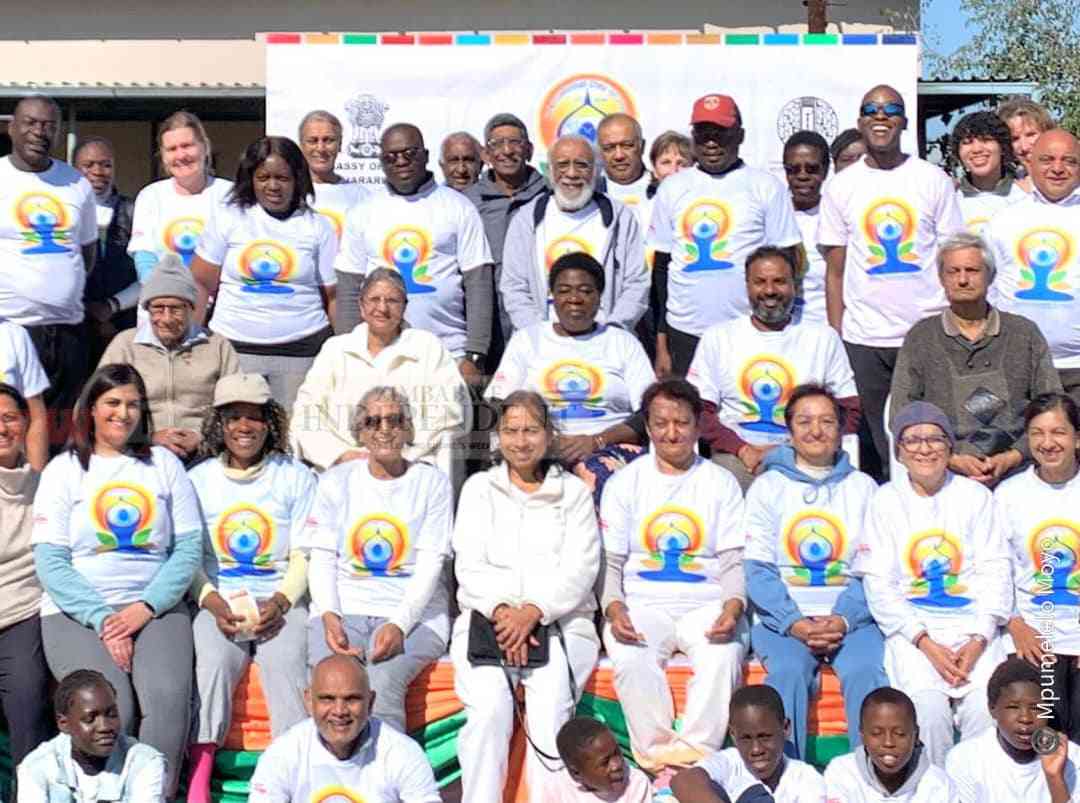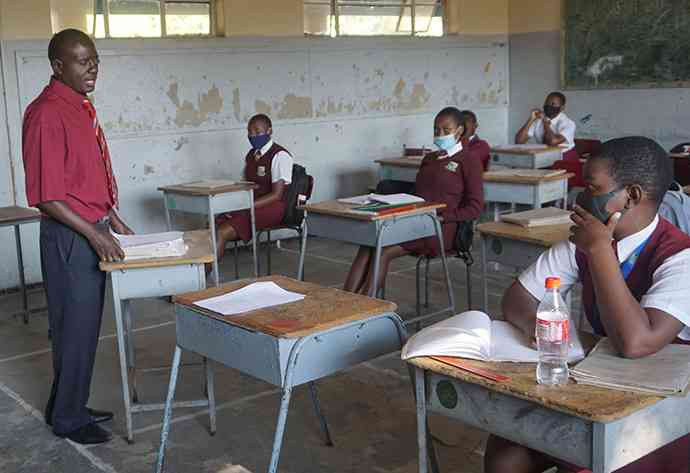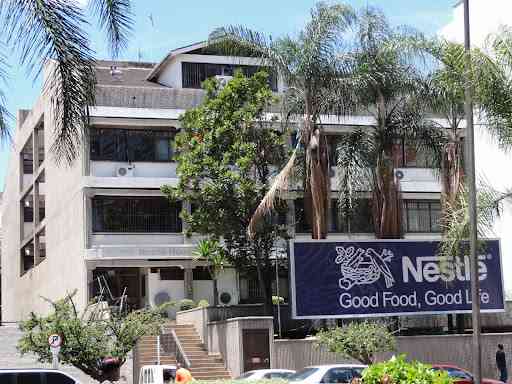
FOOD security initiative, the Famine Early Warning Systems Network (Fews Net), says the Zimbabwe Gold (ZiG) currency will have to be tracked regularly to see its sustainability, amid worsening living conditions.
Last month saw the introduction of the ZiG, replacing the battered Zimdollar that had experienced a sharp depreciation.
In its latest food security update for April, Fews Net said households were expected to increase their reliance on coping strategies to meet their food needs due to the poor harvest and inflation.
This comes as Zimbabwe’s 2023/24 agricultural season is in the midst of suffering from the El Niño-induced drought, leading to a state of national disaster being declared on April 3, last month.
“On April 5, the Reserve Bank of Zimbabwe introduced a new local currency, the Zimbabwe Gold. The structured currency, which is said to be backed by gold and other precious minerals and foreign currency reserves, was pegged at 1 ZiG to ZWL$2 499 (previous currency) and 13,56 ZiG to US$1 when launched,” Fews Net said.
“By mid-April, electronic and mobile money platforms had adjusted to the new currency, while ZiG notes and coins became available from April 30. It will be critical to continue monitoring the markets following the establishment of a new currency.”
The uncertainty of ZiG has caused businesses and retailers to offer different forex exchange rates ranging from US$1:ZiG14 to ZiG16.
Officially, the forex rate is US$1:ZiG13,43.
- Zim hit by grain shortage
- Lower Gweru villagers appeal for food aid
- Hunger stalks region
- Food crisis looms in Sadc
Keep Reading
Fews Net noted how the Zimbabwe National Statistics Agency had started a new data series for monitoring the poverty datum lines using the ZiG.
The national average Food Poverty Datum Line per person per month for April was assessed to be ZiG425 and the average total consumption poverty line at ZiG650.
Fews Net said the increased reliance on coping strategies by households will be driven by the poor harvest, limited seasonal agricultural labour opportunities, and high food prices.
This is expected to drive area-level crisis outcomes in typical deficit-producing areas in the south, east, west, and extreme north into the post-harvest period.
“In typical surplus-producing parts of the Mashonaland provinces and other areas, stressed (IPC Phase 2) area-level outcomes are anticipated to emerge as the poor harvest, limited crop sales and increased competition for income-earning opportunities affect household purchasing power, with some poor households likely to engage in coping strategies indicative of crisis (IPC Phase 3) to meet their food needs,” Fews Net said.










